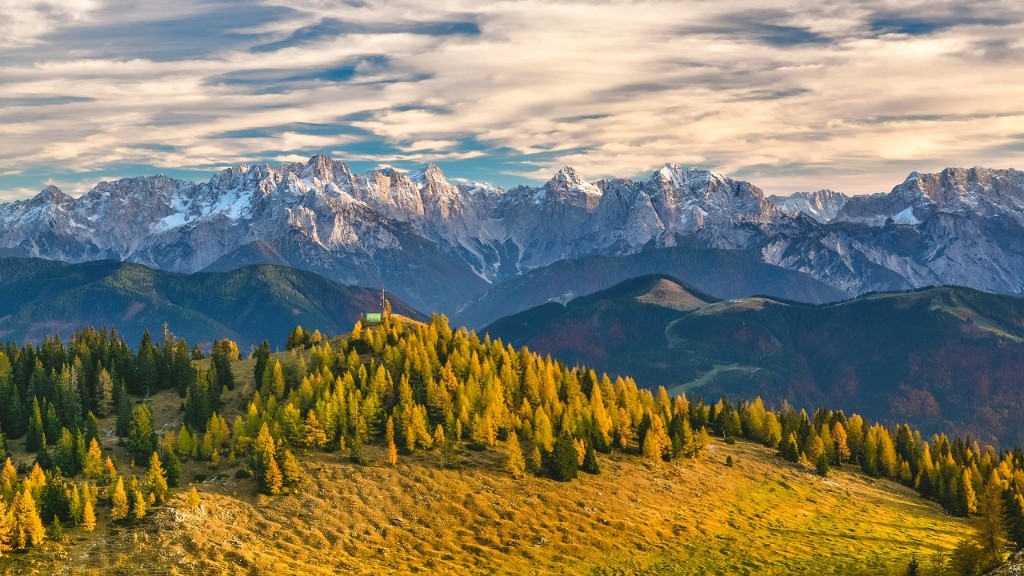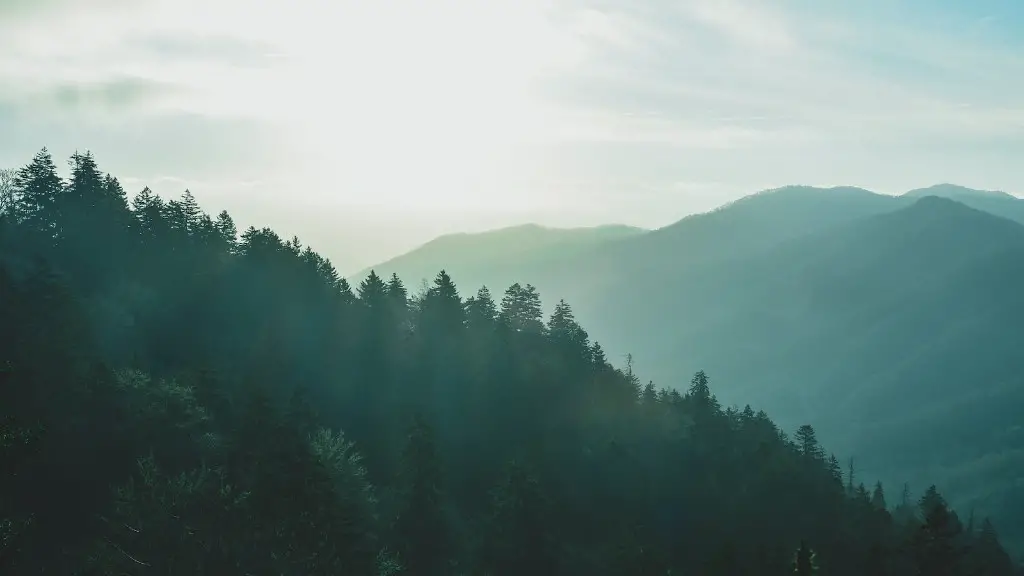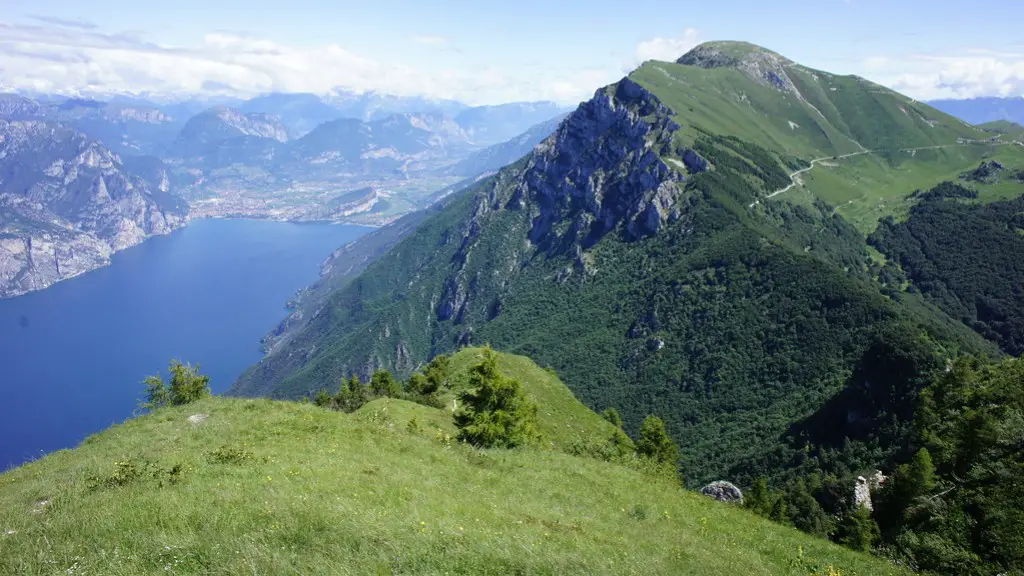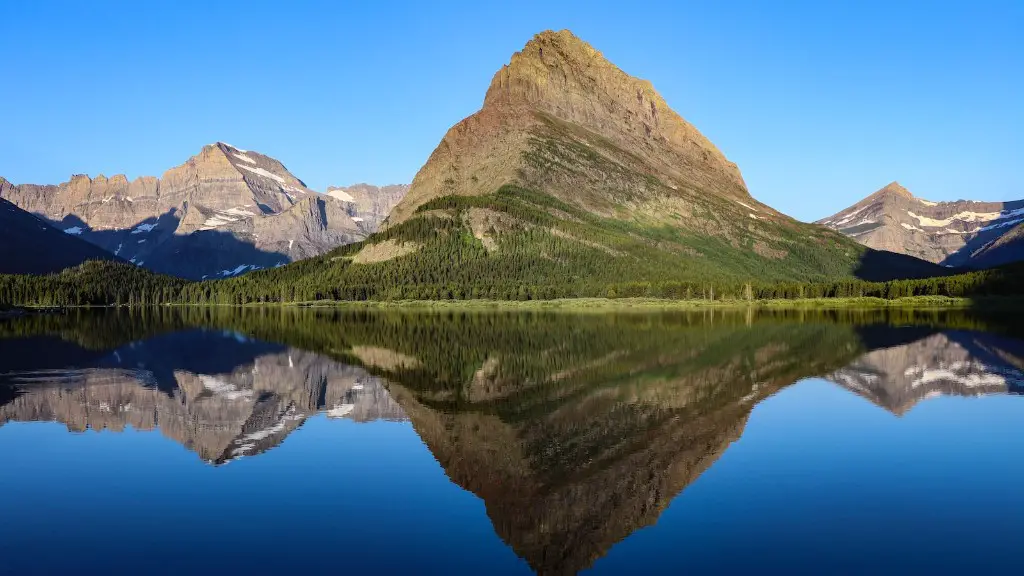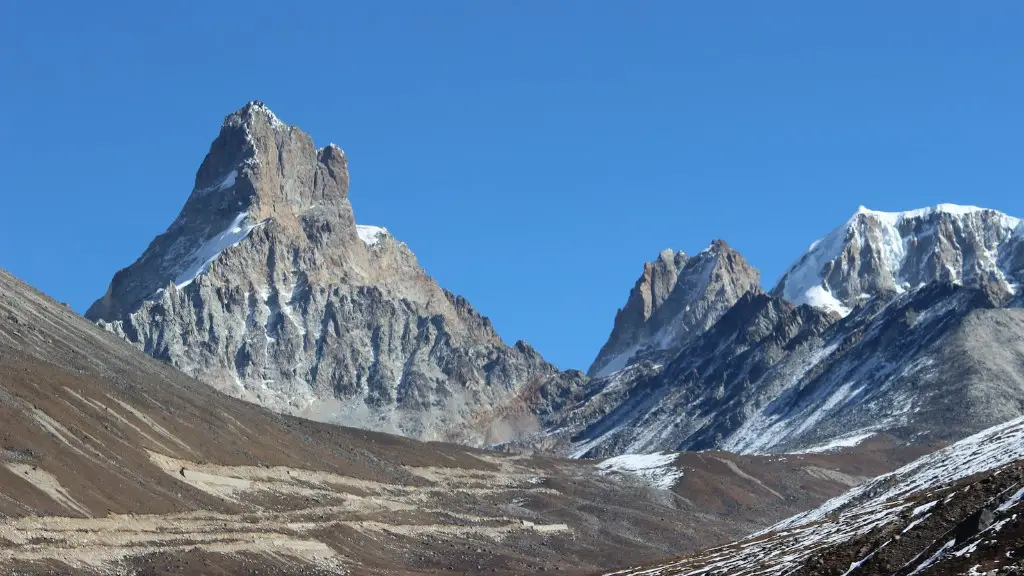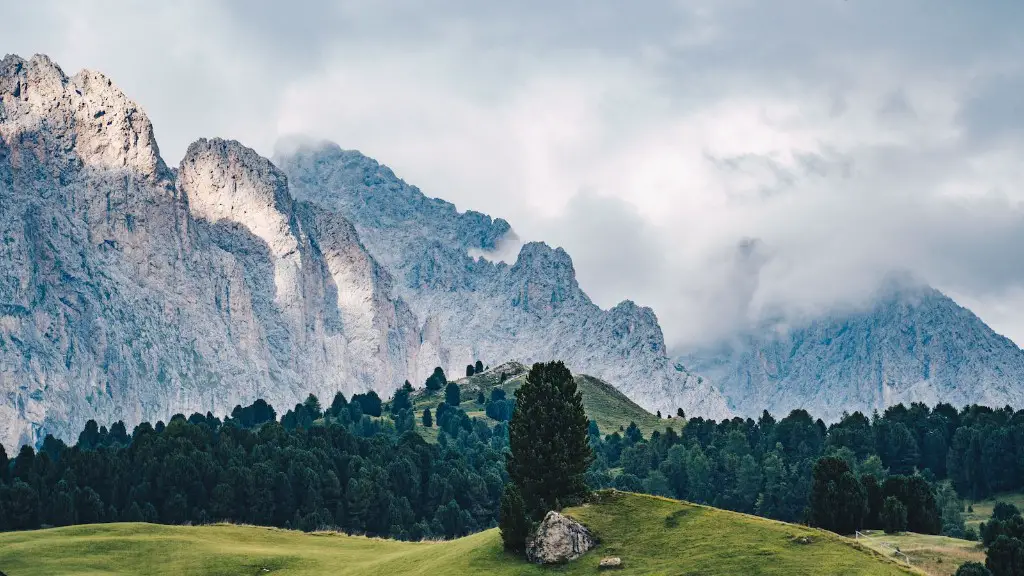It took Tenzing Norgay and Edmund Hillary 10.5 hours to reach the summit of Mount Everest on May 29, 1953. They had to stop and rest several times along the way. The entire expedition, from start to finish, took about two months.
The answer depends on which route you take to climb Mount Everest. The typical climbing route is about 60 miles long, and most people take about two months to complete the entire journey. However, some people have been known to complete the climb in as little as two weeks.
How long did it take to climb Mount Everest for the first time?
On this day in 1953, Edmund Hillary and Tenzing Norgay became the first climbers to conquer Mount Everest. This historic feat was made possible through their dedication and hard work, as well as the support of their team. This event is a reminder of what we can achieve when we work together towards a common goal.
The main reasons it takes so long to climb Everest are the trek in, the acclimatization, and the weather. The trek in can be skipped by taking an expensive helicopter ride from Lukla to Base Camp if the weather allows. If not, it’s an 8-14 day trek depending on resting and acclimatization.
What is the shortest time it took to climb Mount Everest
On May 21, 2004, Pemba Dorje Sherpa of Nepal made a record-breaking ascent of Mount Everest, reaching the summit in just 8 hours and 10 minutes. This is the fastest anyone has ever climbed the world’s highest mountain, and Pemba Dorje’s achievement is truly remarkable.
The higher the peak, the more efficient our bodies must be at using oxygen, so the more we must acclimatize. The highest mountains in the world are over 8,000 meters (26,400′) and the air is so thin (low in pressure), it takes weeks for our bodies to even be able to survive at the altitudes where we camp. Our bodies have to work harder to get the oxygen we need, and we have to be very careful not to overexert ourselves or we could get sick or die.
What is the oldest age to climb Everest?
The world’s tallest peak is Mount Everest, and there are only two routes to scale it: one from the Everest North side in Tibet, and another from the Everest South side in Nepal. Chinese authorities impose an age limit of 18-60 for climbers in Tibet, while in Nepal, climbers must be a minimum of 16 years old but there is no upper age limit. This makes the Nepalese route more accessible for older climbers looking to summit Everest.
The weather and climate on Mount Everest is one of the most extreme on Earth. Despite the low temperatures, the biggest issue faced by climbers are the hurricane force winds and wind chill. These conditions can make it very difficult to scale the mountain.
Can you climb Everest for free?
Hey there!
If you’re looking for an adventure and would like to go on a trekking trip, I have good news for you. If you can find ten people to join you on the trip, your spot will be FREE! All you would need to do is have everyone pay for their own trek, and your place will be covered.
So if you’re interested and think you can round up ten others, let me know and we’ll make it happen. This is a great opportunity to explore and create lasting memories with friends.
Hope to hear from you soon!
The summits of the world’s 14 tallest mountains are all found in what is ominously known as the “death zone,” which is typically identified as 8,000 metres (26,000 feet) above sea level. At these altitudes, the oxygen levels are insufficient to sustain human life for an extended period. This makes summiting these mountains extremely dangerous, and many climbers have lost their lives in the attempt.
How much money is it to climb Mount Everest
Climbing Mount Everest is an expensive endeavor. climbers should expect to spend at least $30,000 on gear and supplies for a six-week expedition. This includes $5,800 for food, fuel and a local cook. Other costs include transportation, lodging, permits and equipment.
If you’re interested in climbing Mount Everest, you’ll need to allow up to three months to make the journey. It takes 19 days to trek round-trip to and from Everest Base Camp, and once at Base Camp, it takes an average of 40 days to climb to the peak of the mountain.
Do you age faster on Mount Everest?
If you were to sit at the peak of Mount Everest, you would be 091 millisecond older than if you had spent those same 30 years at sea level, according to NIST. The difference is due to the fact that time moves more slowly at higher altitudes.
Nims Purja has set two new world records, marking yet another 8,000m season where he has pushed the boundaries of his sport further than many thought possible. In just eight days, 23 hours and 10 minutes, Purja summited Everest, Lhotse and Kanchenjunga – all without supplementary oxygen. This is an incredible accomplishment and further cements Purja’s place as one of the greatest mountaineers of our time.
What is the scariest part of climbing Everest
The Khumbu Icefall is the most dangerous part of an Everest expedition, even with the extensive systems of ropes and ladders installed each climbing season by the ice doctors. Every year, climbers are killed or injured in the Icefall, and it is always a major concern for those attempting to summit Everest.
The new measurement of Mount Everest’s height is an exciting development! It’s great to see the two nations agrees on the new height, and it’s also interesting to see that the mountain is actually a bit taller than we thought. This new measurement means that Everest is truly the tallest mountain in the world, and it’s definitely a day to celebrate!
Who climbed Mount Everest 10 times without oxygen?
Ang Rita Sherpa was an amazing mountaineer who climbed Mount Everest ten times without the use of supplemental oxygen between 1983 and 1996. He was an inspiration to everyone who met him and his accomplishments will never be forgotten.
The Alpenglow team snacks a lot, eating small amounts of calories all day. The Alpenglow team brings crackers, meats, cheese, granola, nuts, and fruits. Up high, “people say to eat 8,000 – 10,000 calories per day which is 5 times what you burn at home. We eat as much as we can to combat big days.
How much weight do you carry on Everest
It is important to note that the average time from arriving at Base Camp to reaching the summit is 40 days. On most climbs it is the Sherpas who are doing the heavy carrying so you are acclimatizing your body to the high altitude. However you are still carrying a 20lb to 30lb pack with personal gear.
The top 3 causes of death on Everest are avalanches, falls and collapses, and mountain sickness with brain or lung edema.
Avalanches are the most common cause of death on Everest, accounting for around 60% of all fatalities. Most avalanches occur during the spring climbing season, when the weather is unstable and there is more snow on the mountain.
Falls and collapses are the second most common cause of death on Everest, accounting for around 30% of fatalities. Falls often occur when climbers are trying to descend the mountain, when they are tired and their concentration is reduced.
Mountain sickness with brain or lung edema is the third most common cause of death on Everest, accounting for around 10% of fatalities. Mountain sickness is caused by the lack of oxygen at high altitudes, and can lead to serious health problems including brain and lung damage.
Warp Up
It generally takes climbers about two months to complete the ascent of Mount Everest. This time frame accounts for acclimatization and the process of slowly making one’s way up the mountain.
It took about two months to climb Mount Everest.
